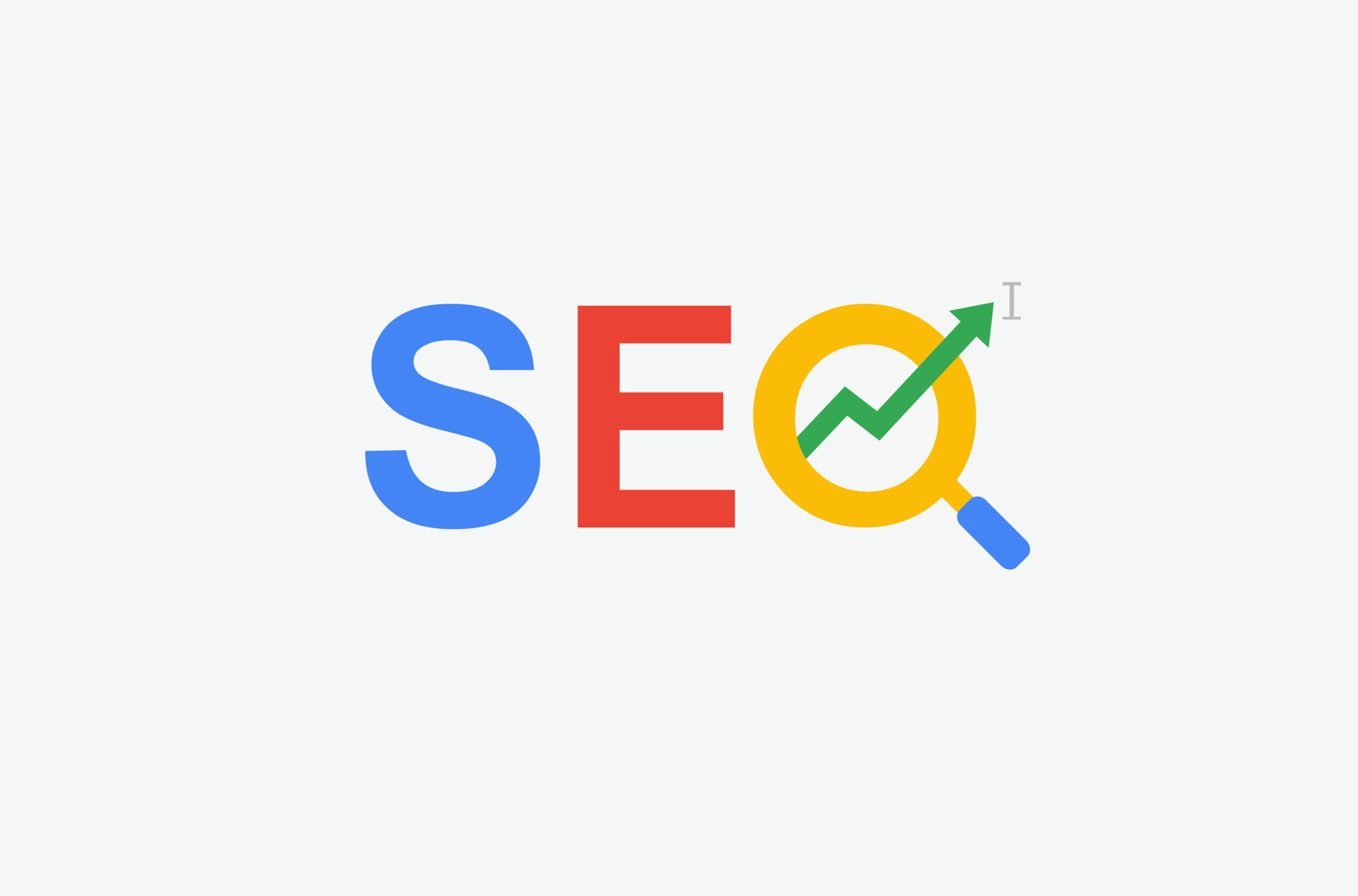Hey there, future digital leaders and curious minds! Have you ever wondered how Google magically finds the exact video, article, or product you’re looking for? It’s not magic—it’s a fascinating process called Search Engine Optimization, or SEO for short.
Think of SEO as creating the best possible treasure map for search engines. For years, the rules for making that map were pretty straightforward. But now, in 2025, things have gotten a major upgrade. With super-smart Artificial Intelligence (AI) helping Google answer our questions, the way we create our maps has to change, too.
Sticking to the old ways is like using a paper map when everyone else has a high-tech GPS. You might get there eventually, but you’ll likely fall behind. This guide will show you how to blend the timeless rules of SEO with the powerful new AI strategies to not just keep up, but to lead the pack in 2025 and beyond.
The New Rules of SEO: Traditional vs. AI
The best strategy today isn’t about choosing between the old and the new; it’s about using them together. Think of it like building a futuristic car: you still need the sturdy wheels and a powerful engine (Traditional SEO), but you also want the smart navigation and self-driving features (AI SEO).
Traditional SEO: The Enduring Fundamentals
These are the core principles that will always be important because they focus on one thing: the human user.
- Start with Real Audience Questions: Before you write a single word, figure out what people are actually asking. Instead of guessing a topic like “good running shoes,” find the real questions people type into Google, like “what are the best running shoes for beginners?” This ensures your content is genuinely helpful.
- Check for Originality (with a little help): In a world full of content, being original is key. We use smart tools, like one we call PromptWatch, to make sure our ideas are fresh. It also helps us spot “citation gaps”—that is, places where other sites are getting credit for answering a question that we should be answering, too!
- Outline Based on Top Queries: Once you have your main question, find the next 3-5 questions people ask about it. Your article’s outline should be built around answering these questions in a logical order. This makes your content super-focused on what the user wants to know.
- Use Trusted Sources for Credibility: You wouldn’t trust a random person on the street for medical advice, right? Google feels the same way about information. Back up your claims by linking to 3-5 trusted, authoritative sources (like university studies, government websites, or top industry experts). This tells Google you’ve done your homework.
- Check Your Keyword Metrics: A “keyword” is just the main word or phrase people search for. You want to find keywords that lots of people are searching for (high search volume) but that not too many other websites are competing for (low competition). It’s the sweet spot for getting noticed.
AI SEO: Leveraging the Future
This is where we add the rocket fuel. These strategies are designed to make your content easy for AI systems, like the ones that create Google’s new answer boxes, to understand and love.
- Map Out All the Sub-Questions: AI is great at understanding how topics relate to each other. Go beyond the top 5 questions and map out all the little sub-questions related to your topic. This creates an incredibly comprehensive piece of content that positions you as an expert.
- Write Concise Snippets for AI Overviews: You know those summary boxes that now appear at the top of many Google searches? Those are AI Overviews. To get featured there, you need to write short, direct, and clear answers to questions right at the beginning of your sections. Think of it as giving the AI the perfect little soundbite to quote.
- Use Schema Markup: This sounds technical, but it’s simple in concept. Schema markup is a special code you add to your webpage that acts like a set of labels. It tells search engines, “Hey, this part is a recipe,” or “This number is a product rating.” This helps AI understand your content instantly, without any confusion, which can help you show up in more interesting ways in search results.
- Build Trust with E-E-A-T: This is a huge one for 2025. E-E-A-T stands for Experience, Expertise, Authoritativeness, and Trustworthiness. It’s Google’s way of asking, “Should we trust you?” You can show this by including quotes from real experts, showcasing your real-world experience, and being transparent and honest in your content.
- Get Indexed Faster with Google Search Console: Google Search Console is a free tool that’s like a direct line of communication to Google. Once you publish a new article, you can go into Search Console and say, “Hey Google, please come crawl my new page!” This can get your content seen and ranked much faster.
Your Daily SEO Hour: A Strategic Breakdown
Becoming great at SEO doesn’t require you to work all day. A focused, strategic hour each day can make a massive difference. Here’s how to break it down.
20 Minutes: Keyword Research & Gap Analysis (The Planning Phase)
This is where you decide what treasure you’re going to hunt for.
- Use Your Tools: Open up professional tools like Ahrefs or SEMrush. Think of them as high-tech spyglasses that show you what people are searching for.
- Find High-Impact Keywords: Spend this time looking for those “sweet spot” keywords—high search volume and low competition.
- Gather Your Questions: For your main keyword, find 5 or more related user questions. These will become the backbone of your article.
- Find the Gaps: Use a tool like PromptWatch to see what questions your competitors are answering that you aren’t. This is a goldmine for content opportunities!
- Build Your Outline: Structure your article with an H1 title for the main topic and H2 headings for each of the questions you’re going to answer.
30 Minutes: Content Creation & Optimization (The Action Phase)
Now it’s time to create your treasure map—the content itself.
- Write Clearly and Directly: No fluff. Get straight to the point in simple, easy-to-understand language. Your goal is to be helpful, not to sound like a dusty textbook.
- Front-Load Your Answers: Put the direct answer to the question within the first 100 words of the section. This is perfect for grabbing the attention of both humans and AI Overviews.
- Use Your Headings: Use the H2 headings from your outline for each question. This makes the article easy to scan for busy readers.
- Add Your Trusted Sources: As you write, link out to the credible sources you found earlier to back up your facts.
- Optimize for AI: Write in a conversational, natural tone. Focus on providing direct answers and clear explanations, just as if you were explaining it to a friend. This makes your content perfect for both traditional search and newer conversational AI assistants.
10 Minutes: Backlink & Performance Monitoring (The Check-Up)
Your work isn’t done when you hit “publish.” This is your check-up to see how you’re doing.
- Analyze Backlinks: A backlink is a link from another website to yours. They act as “votes of confidence.” Use a tool like Ahrefs to see who is linking to you and look for new opportunities to get more.
- Track Your Performance: Check to see where your article is ranking in Google and what its Click-Through Rate (CTR) is. The CTR is the percentage of people who see your article in the search results and actually click on it.
- Adjust Your Strategy: If an article isn’t performing well, don’t be afraid to go back and update it based on the data you see. SEO is all about learning and adapting.
Emerging SEO Trends for 2025
The digital world never stands still. Here are the biggest trends you need to watch and adapt to in 2025.
- AI Overviews are Dominant: Those AI-powered summaries are here to stay. They often give users an answer without them needing to click on a website, which changes the game. Your goal is no longer just to be #1, but to be the source featured in the AI Overview.
- People are “Chatting” with Search: More and more, people are using conversational AIs like Perplexity AI and ChatGPT to find information. This means writing in a natural, question-and-answer format is more important than ever.
- User-Generated Content (UGC) is Powerful: Google has realized that sometimes the best answers come from real people. That’s why you’re seeing more results from sites like Reddit and Quora. This content feels authentic, and Google is rewarding it.
- E-E-A-T and Brand Signals are Everything: Your brand’s reputation is a massive ranking factor. Google wants to recommend businesses and creators who are experienced, expert, authoritative, and trustworthy.
- Zero-Click Searches Continue to Rise: Many searches are now answered directly on the search results page (think weather forecasts, sports scores, or AI Overviews). You need to create content that provides value even if the user doesn’t click, by aiming for those featured snippet and AI Overview spots.
- It’s All About the User: If there’s one theme that ties all of this together, it’s this: SEO in 2025 is all about the user. Forget trying to trick algorithms. The single best strategy is to create genuinely helpful, clear, and trustworthy content that gives people exactly what they’re looking for.
Your Map to the Future
The world of SEO has certainly changed, but don’t let it intimidate you. The future isn’t about abandoning the old rules; it’s about enriching them with powerful new AI-driven techniques.
By focusing on real user questions, building your credibility, and optimizing your content for how both humans and AI find information, you’re not just playing the game—you’re getting ahead of it. The blend of a solid traditional foundation and a forward-thinking AI strategy is your map to success in 2025. Now go out there and start your adventure!



1 thought on “SEO in 2025: Adapt or Fall Behind”